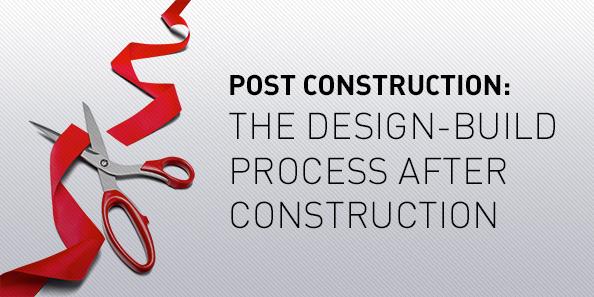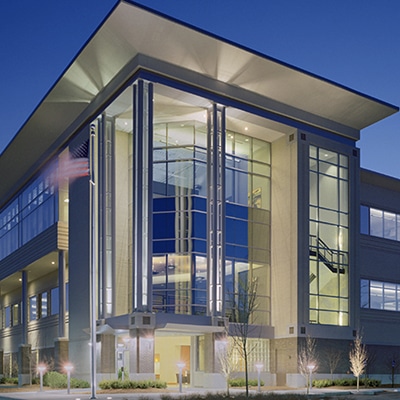
Picture this triumph. You’ve cut the ribbons and opened the doors to your perfect, new facility. It looks great, and post-construction pictures are getting you publicity in the local paper. You know exactly how to best use your space and operate all facets of it, you’re secure in the status of all the paperwork, and you even have a plan to handle future expansions. You see smiling faces from your workers who take pride in their new space, and you see them producing at maximum efficiency.
And now, picture this. Your facility is built, but you have a massive stack of papers on your desk, and you’re completely in the dark on how to use or maintain any of the complex systems in your facility. You take one look around and immediately get a sense of dread as you realize that this building may not meet your needs, and you sense that a frustrating expansion process lies ahead of you. Now, you wish you hadn’t plunked down a bunch of money for a new building.
Only a sloppy Design-Builder, without a post construction process, would leave you frustrated and in the second situation. Good ones silently make your morning as you confidently step into your building, looking smart for properly managing the build. What’s the difference? Good builders know construction work isn’t done when you open your doors.
Post construction handoff process
During the last phase of construction, your builder should provide you all the knowledge and tools you need to properly manage your new facility. We believe a good contractor introduces building owners to the post-construction handoff process before a build begins.
At The Korte Company, we have a handoff procedure we apply and tweak when necessary. We provide final, as-built drawings and detailed operations manuals so owners understand their building’s layout and technical systems. We take owners and their teams through an in-depth training on the proper and safe use of their building and equipment. Later, we follow up with an 11-month checkup to make sure all systems still run smoothly.
When builders hand the reins to you, they should stand behind their work. That means being there to walk you through managing your facility and ensuring the quality of their craftsmanship over time.
We make a point of standing behind our work. While all buildings have many unique pieces, each with their own set of warranties, if it’s something we can fix, we’ll be there. If it’s something that means working with our subcontractors or outside engineers, we’ll make sure it gets done. People and companies who build smart have no problem standing behind their work.
Design-Builders should have a process for future expansion
Your facility may need to grow as your business and product offerings expand, so you’ll need a builder who can keep up with you. But no one likes playing catch-up. We believe a good Design-Builder plans for facility expansions before a build even begins. This speaks directly to a builder’s philosophy. The good ones smartly take future expansions into account and make sure to walk you through those plans during the bidding process. Planning ahead saves you time and money while keeping your facility more aesthetically and functionally consistent over time. Part of the initial Design-Build process involves a financial assessment and, if a builder is renovating existing facilities, detailed traffic flow analysis to chart exactly how building owners actually use their space.
Construction is all about aligning expectations and goals with reality, and that includes taking into account budgets for future expansion. Make sure your builder has a sound track record with facility expansions and expansion planning. We’ve worked with a number of organizations on expansion builds. You can see a detailed execution of the Design-Build Process at every stage in the construction program of Anderson Hospital.
Turnover and continued support are part of post construction
Turnover affects every builder, but it shouldn’t affect the quality of your building once you move into it. If you need something fixed, expanded or updated, you should be able to rely on your builder to actually get it done. That’s as crucial a part of post construction as anything else. If you’re sending out bid requests, ask your bidders how they account for turnover and maintain project continuity when different people come out to your jobsite. You want the next guy to have the same professionalism as the first guy, and you want seamless communication throughout so you’re always in the loop.
Organizationally, we believe a builder should prepare for turnover by setting up a top-notch program to train employees. For us, it’s about taking pride in the people we bring into our family and the way we train them. It’s ingrained into our company culture.
Get the most from construction
From realizing a corporate vision to achieving the best value for your build and getting a facility that meets every need, we’ve created a guide that helps you through construction. Learn the key metrics to evaluate construction value and the quality of a builder. And see what building systems are right for your facility. Fill out the form below to download our construction buyer’s guide.
